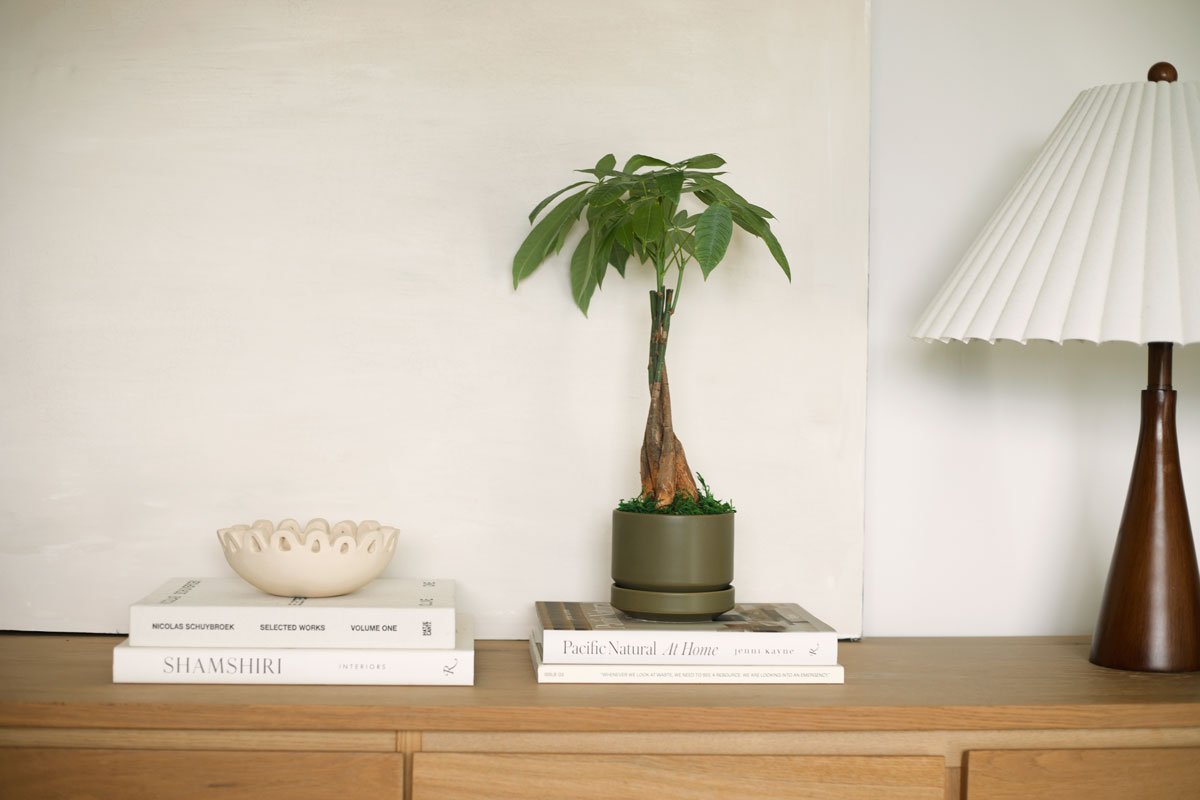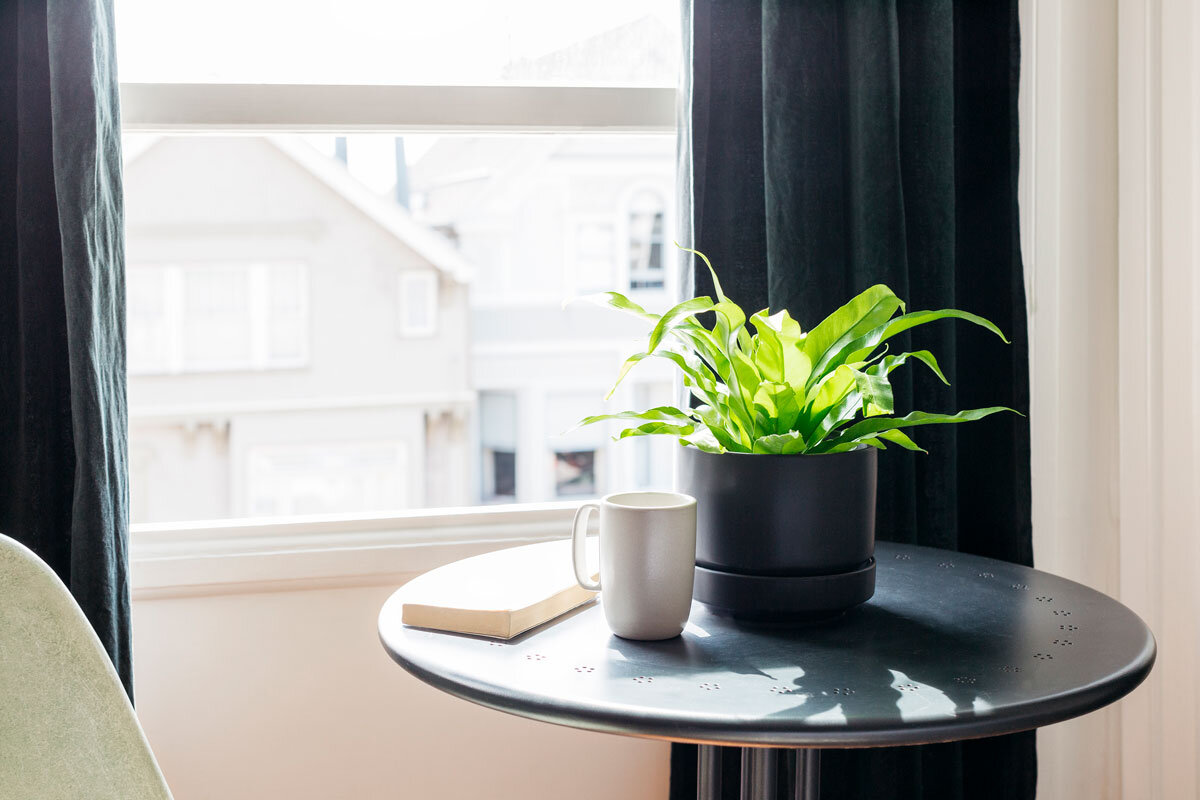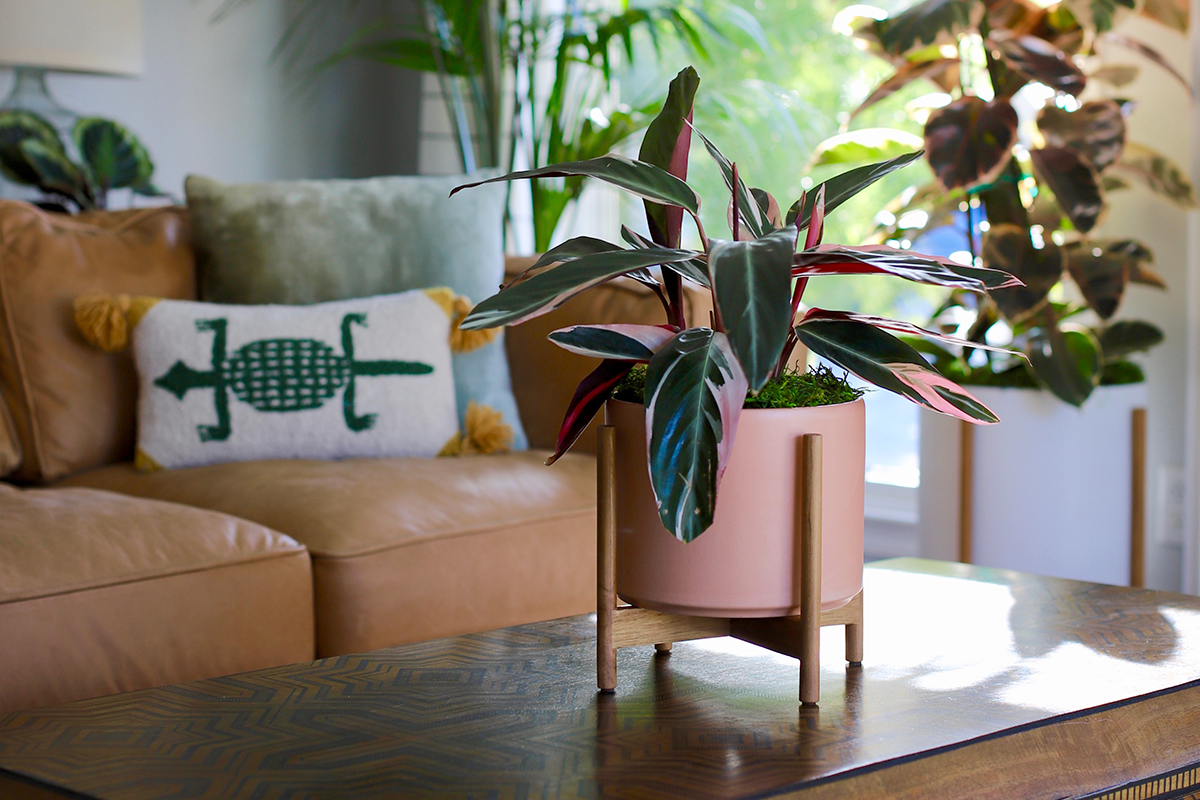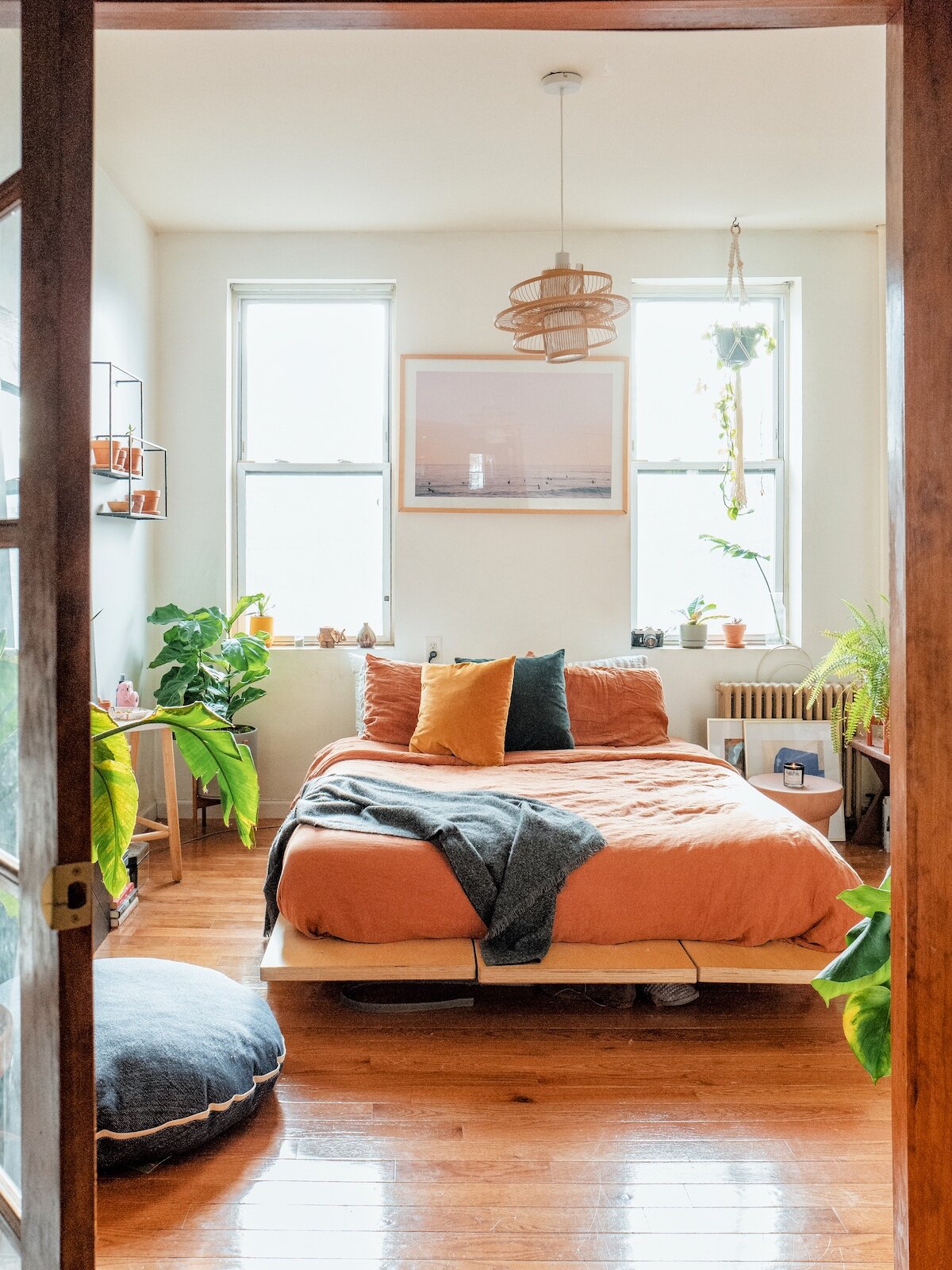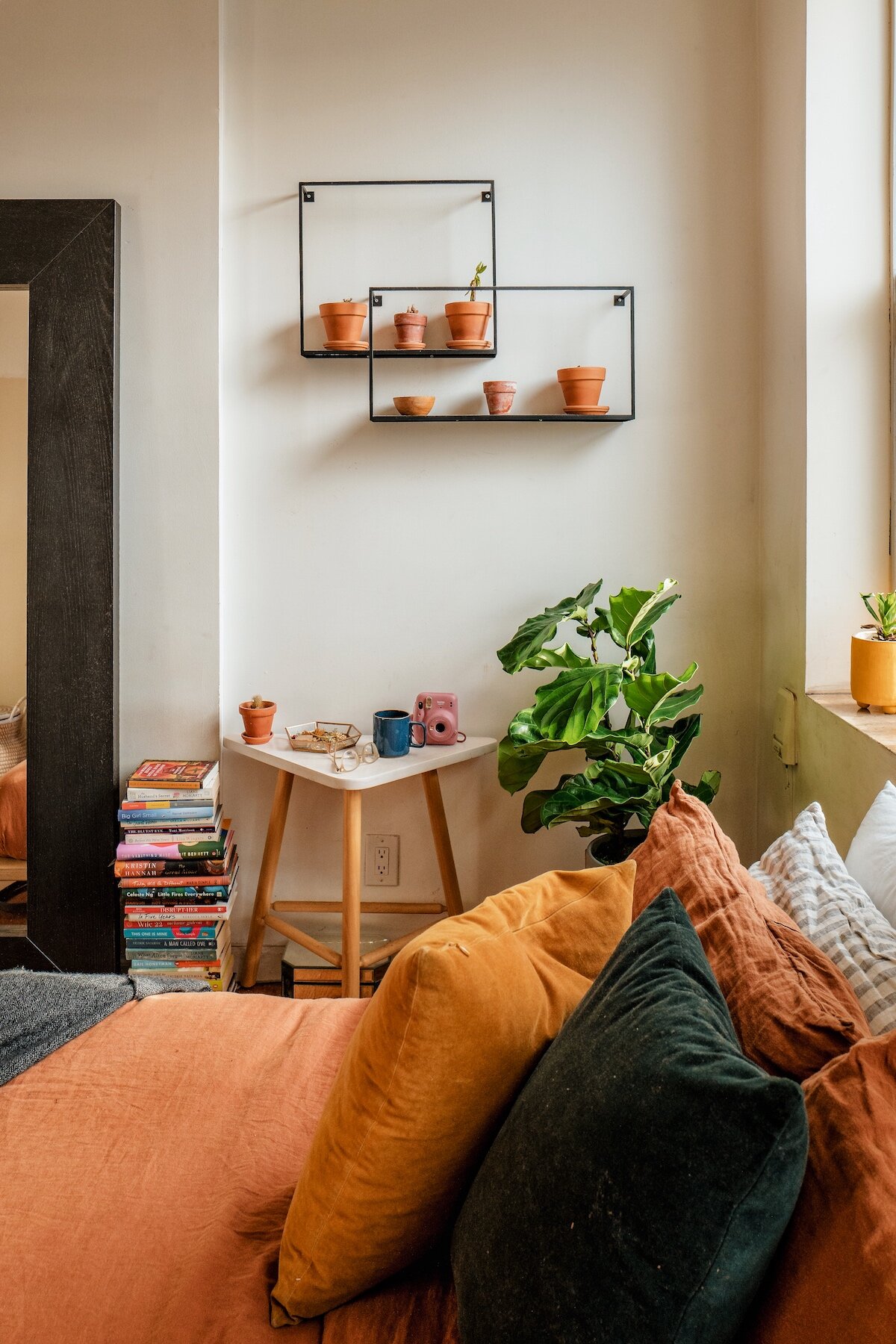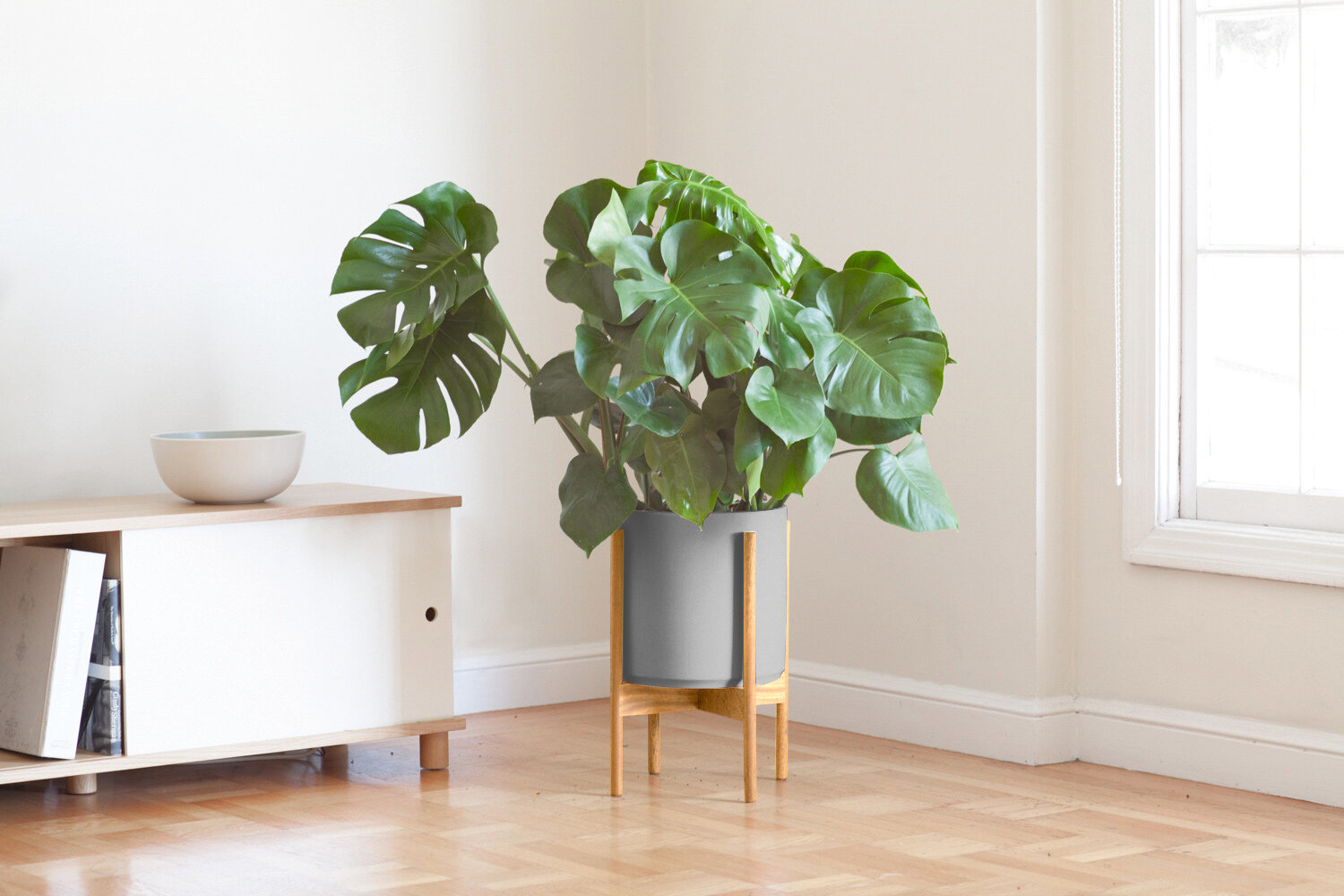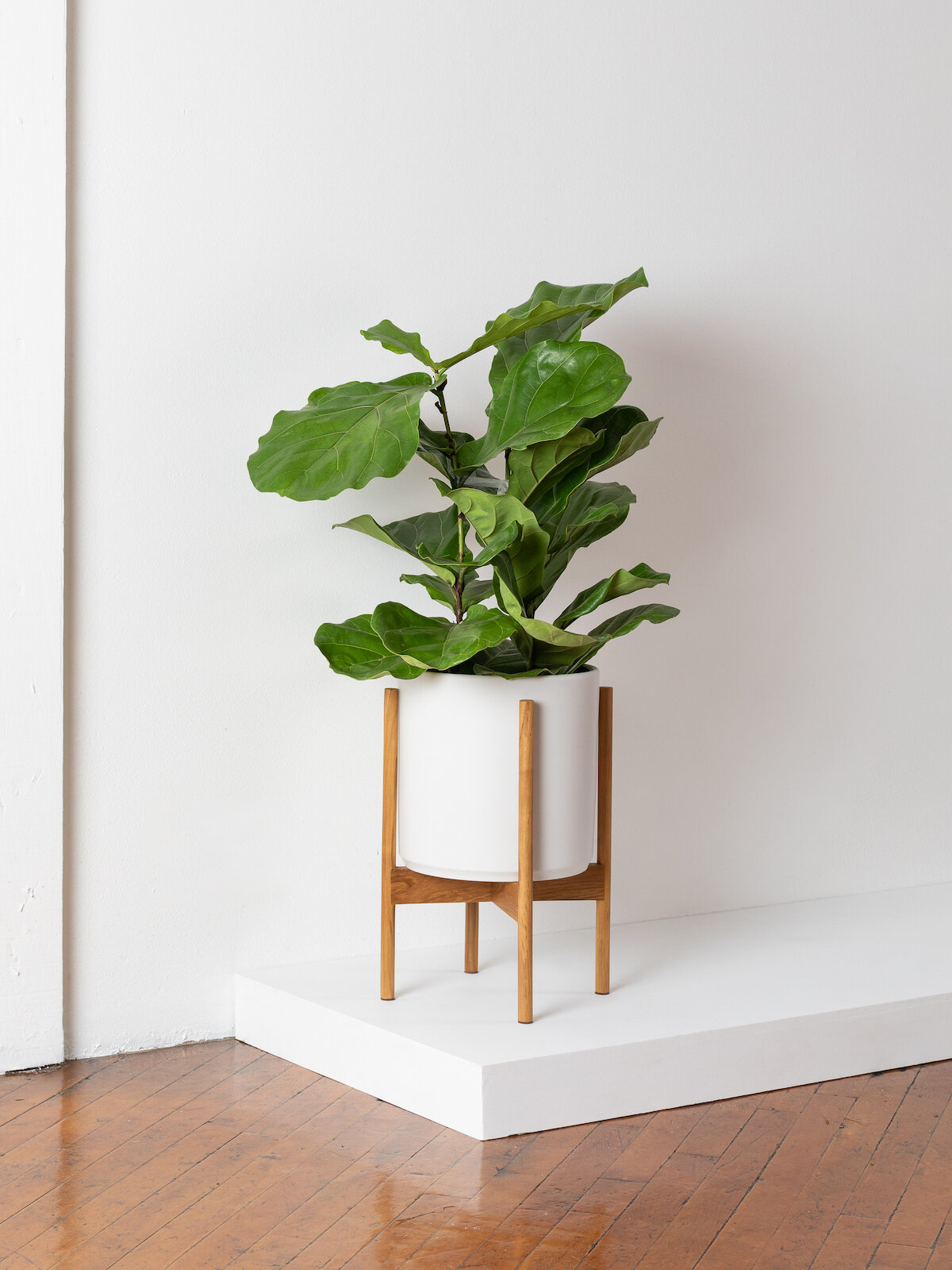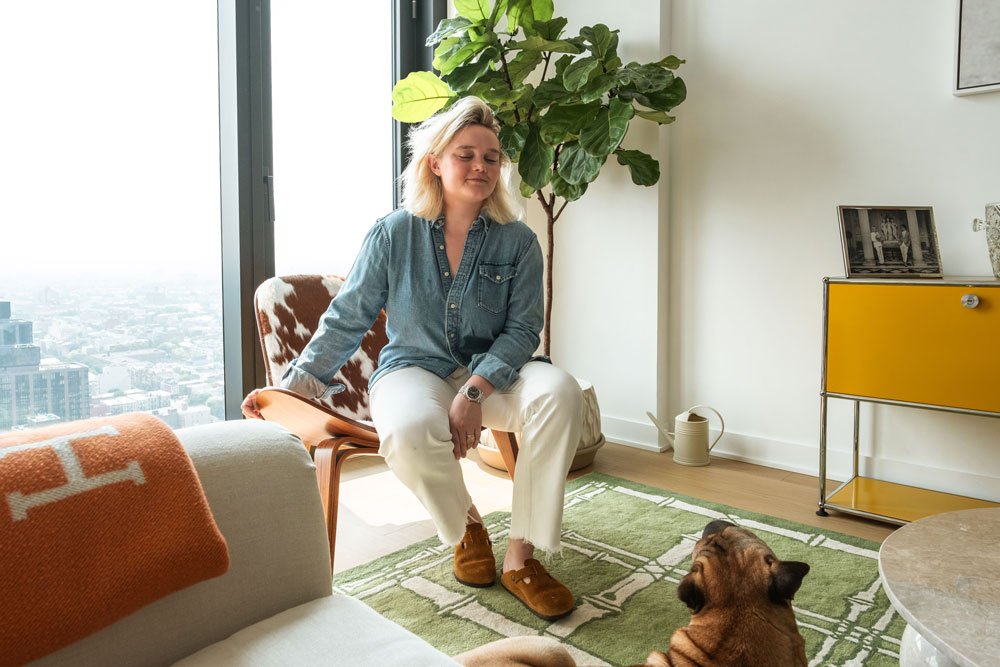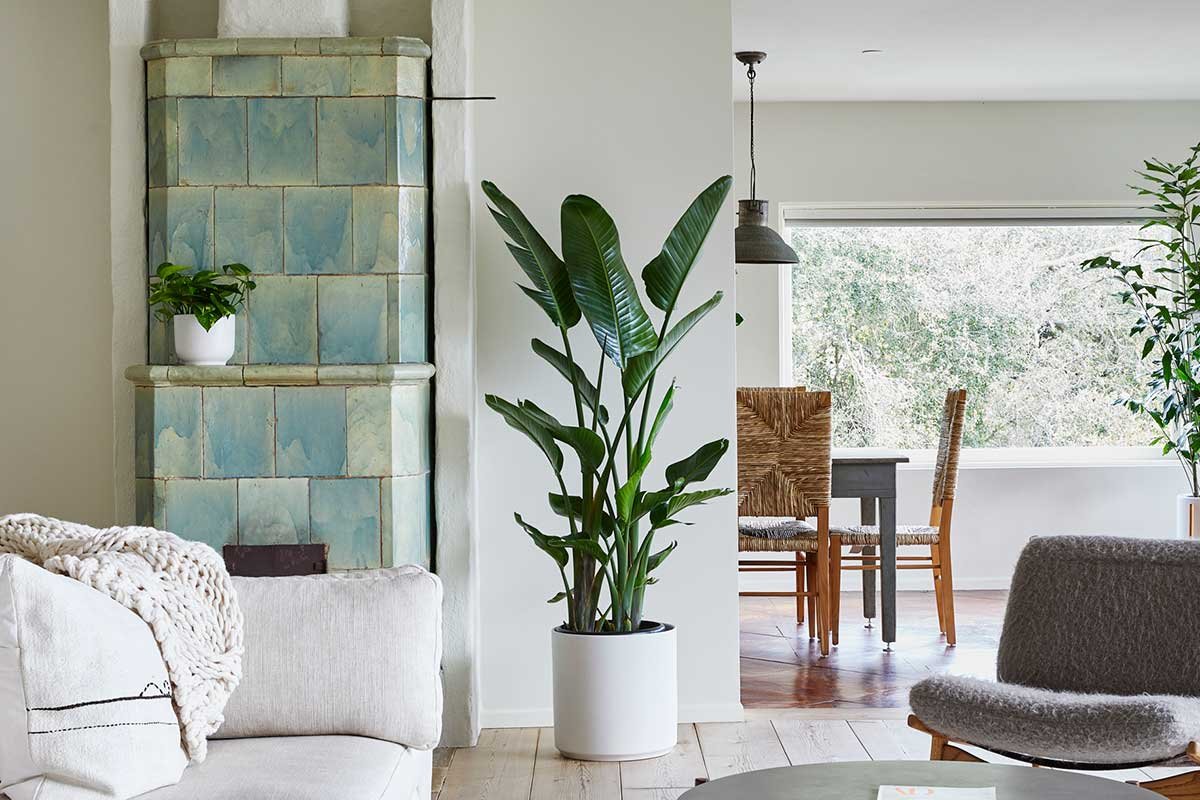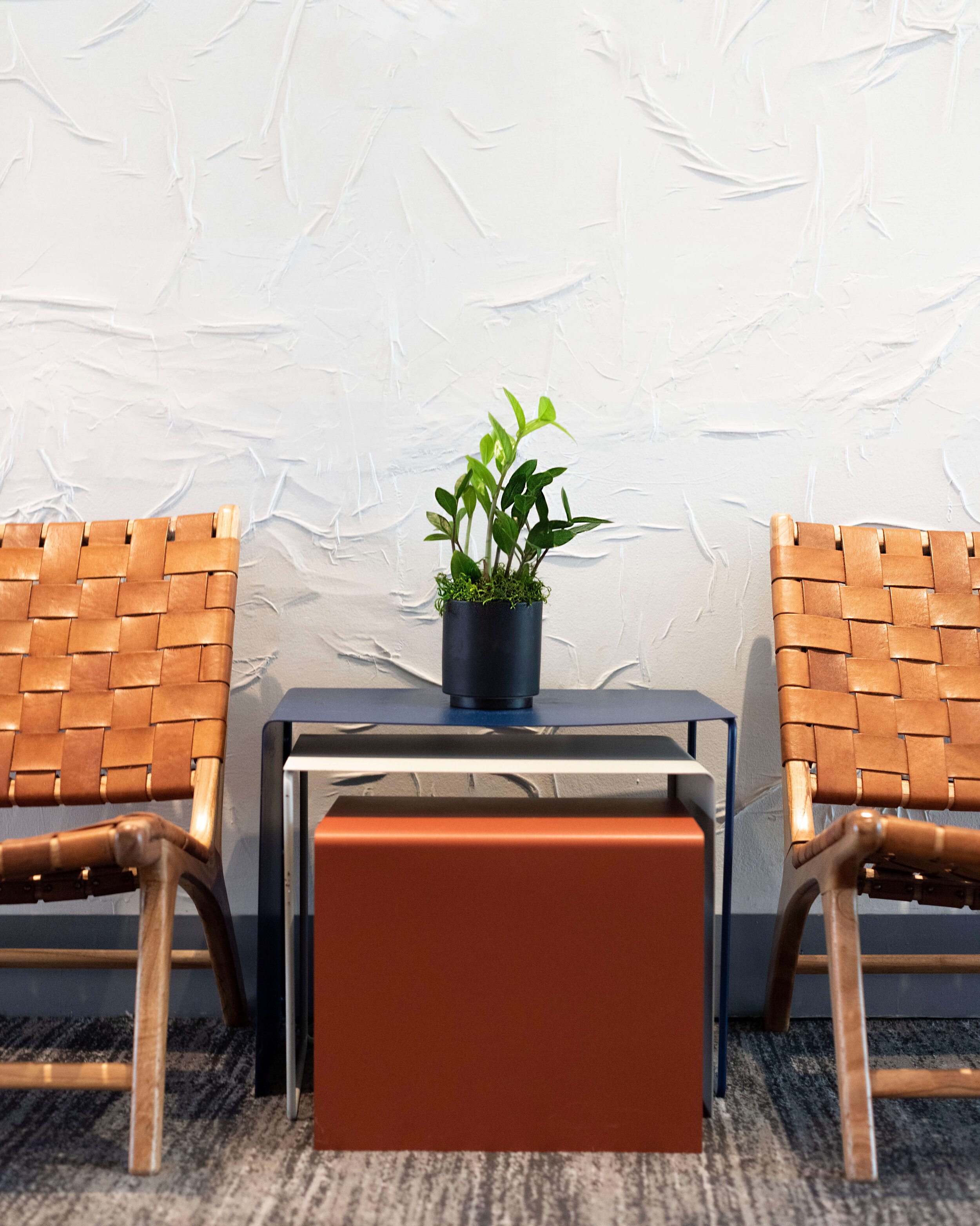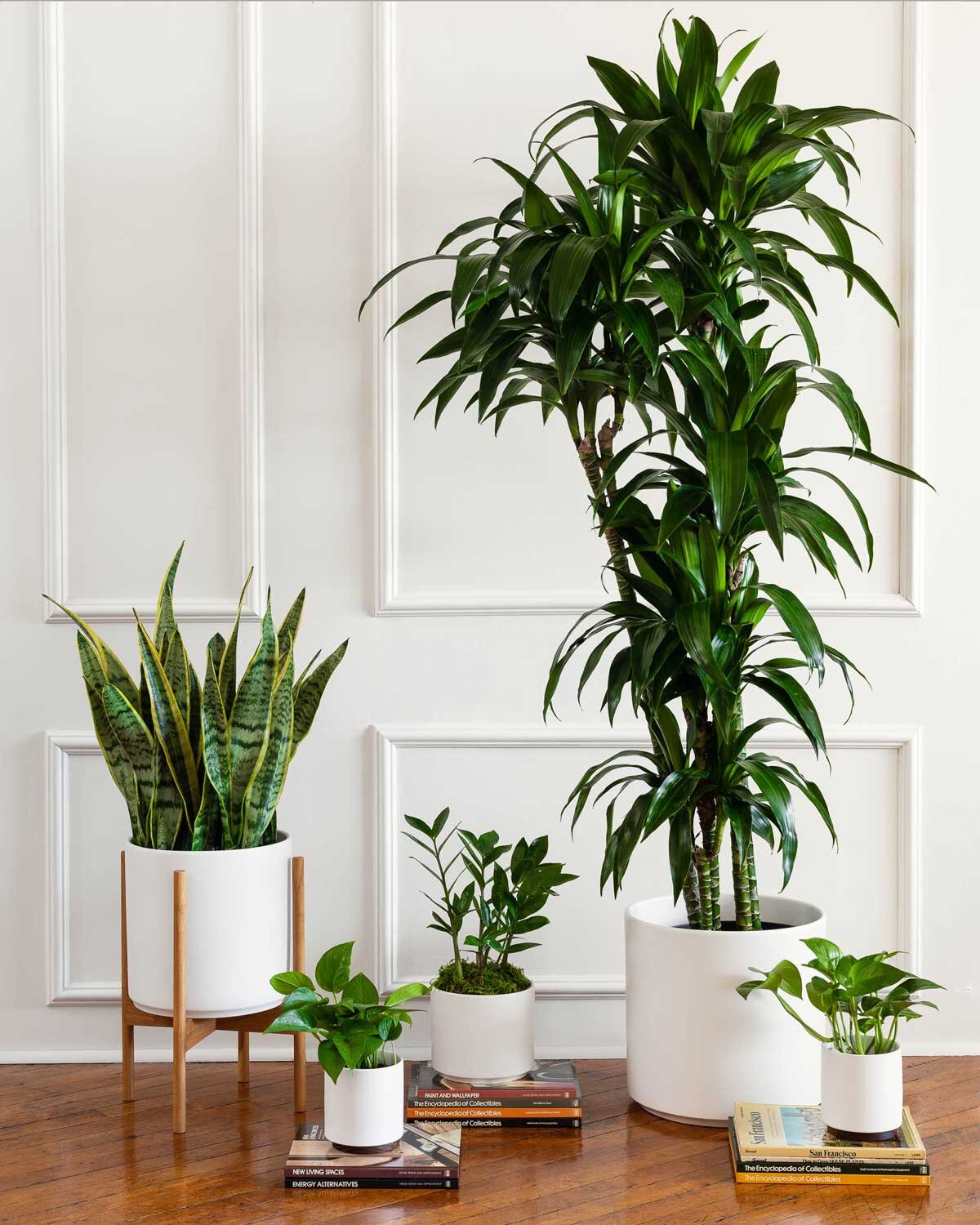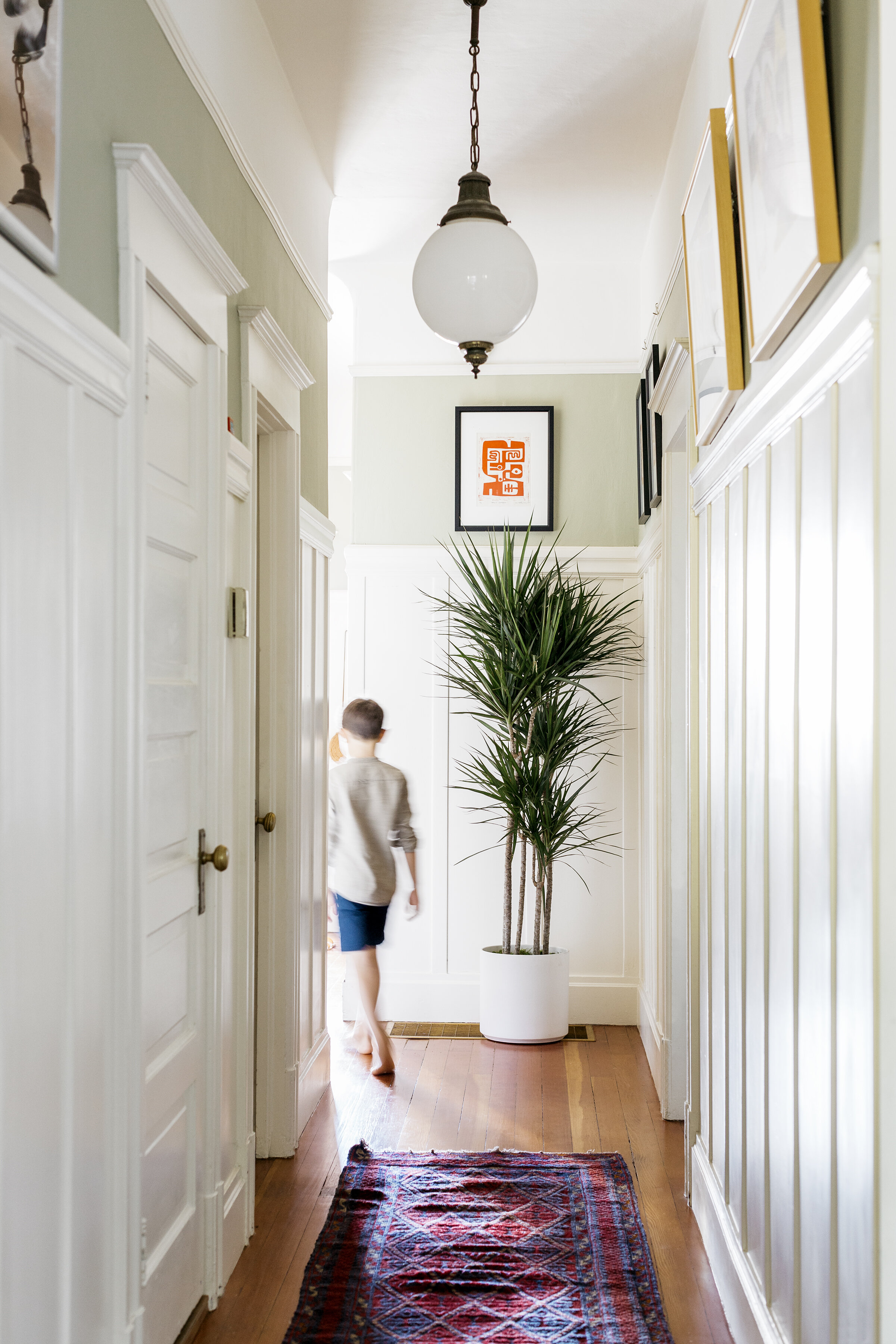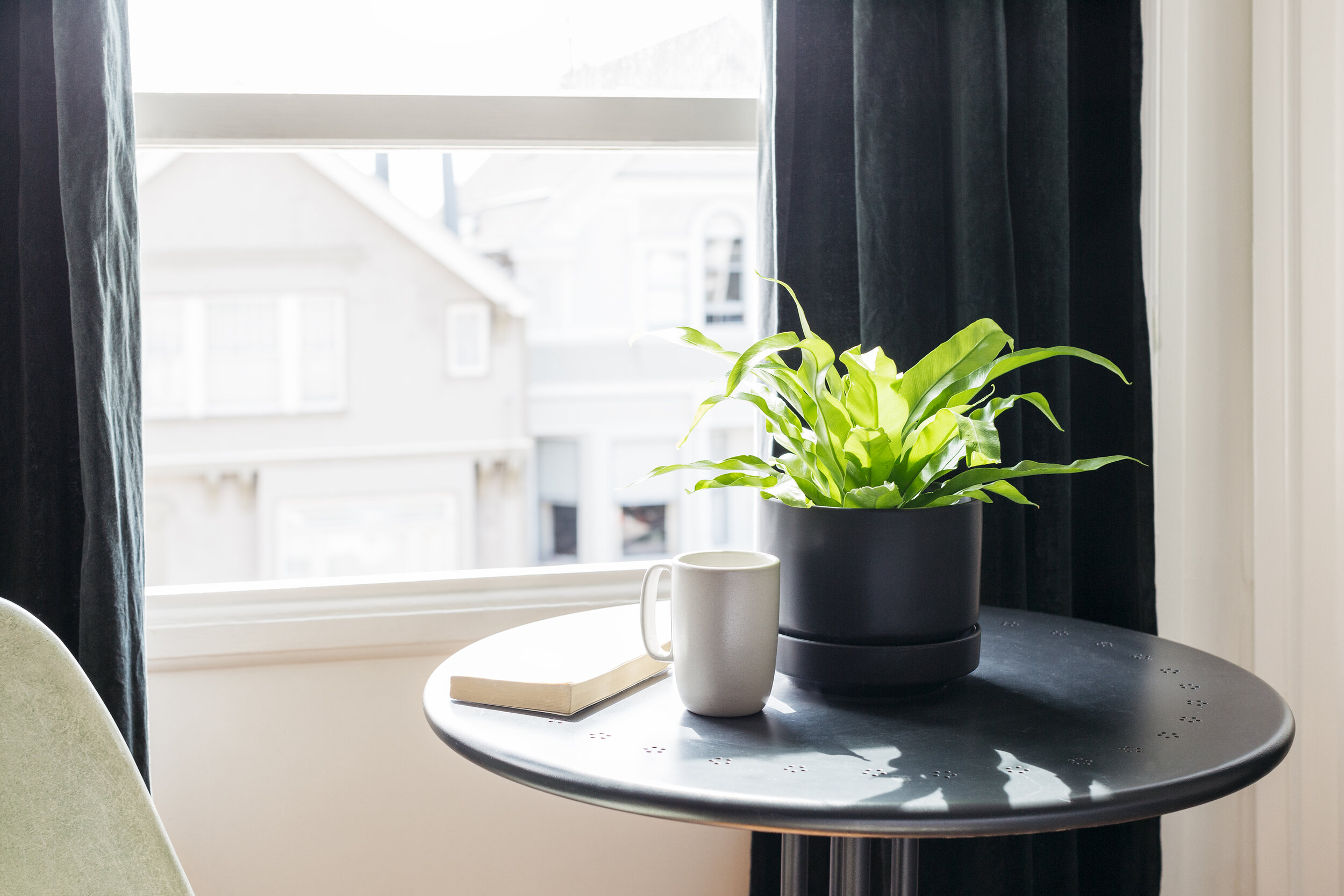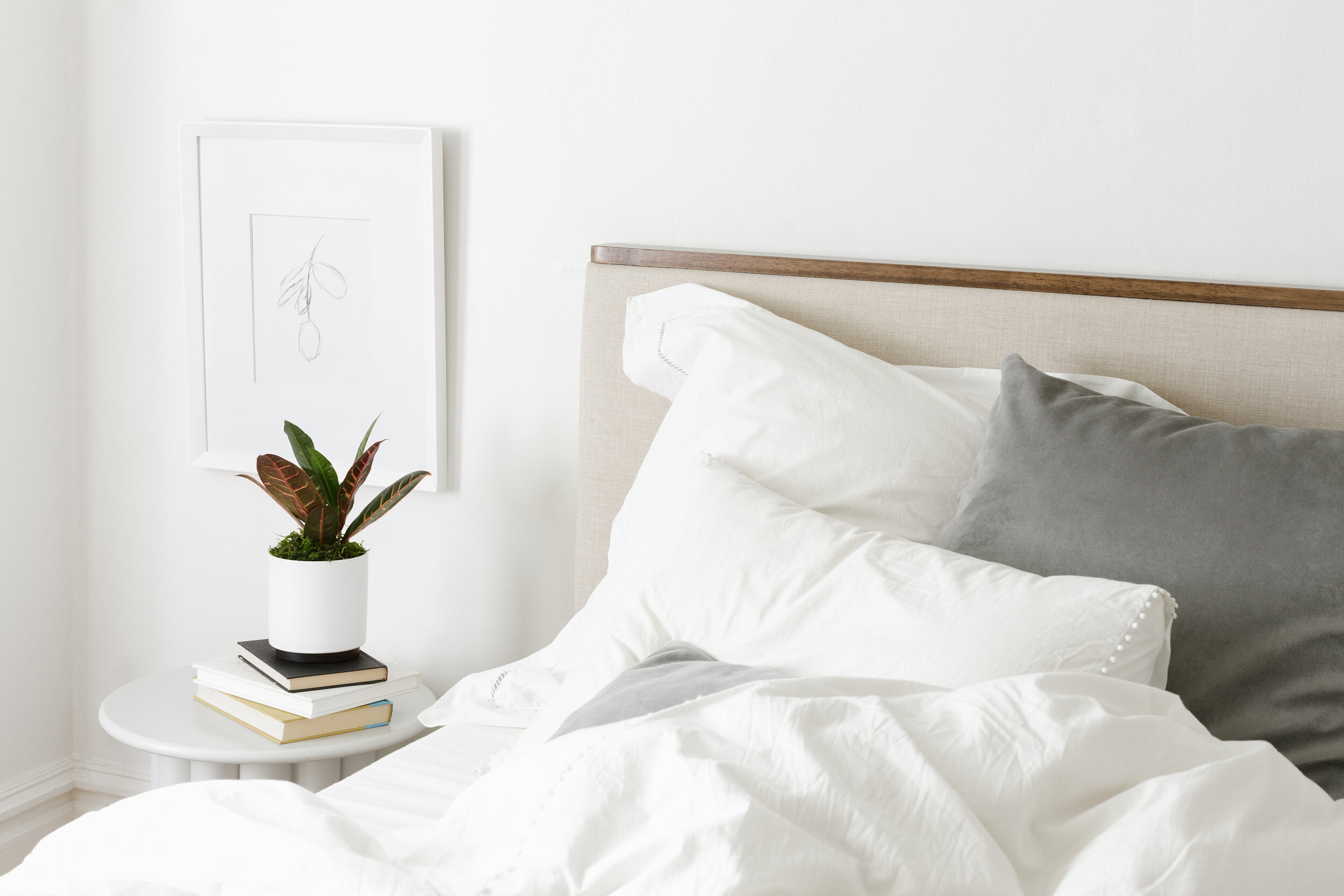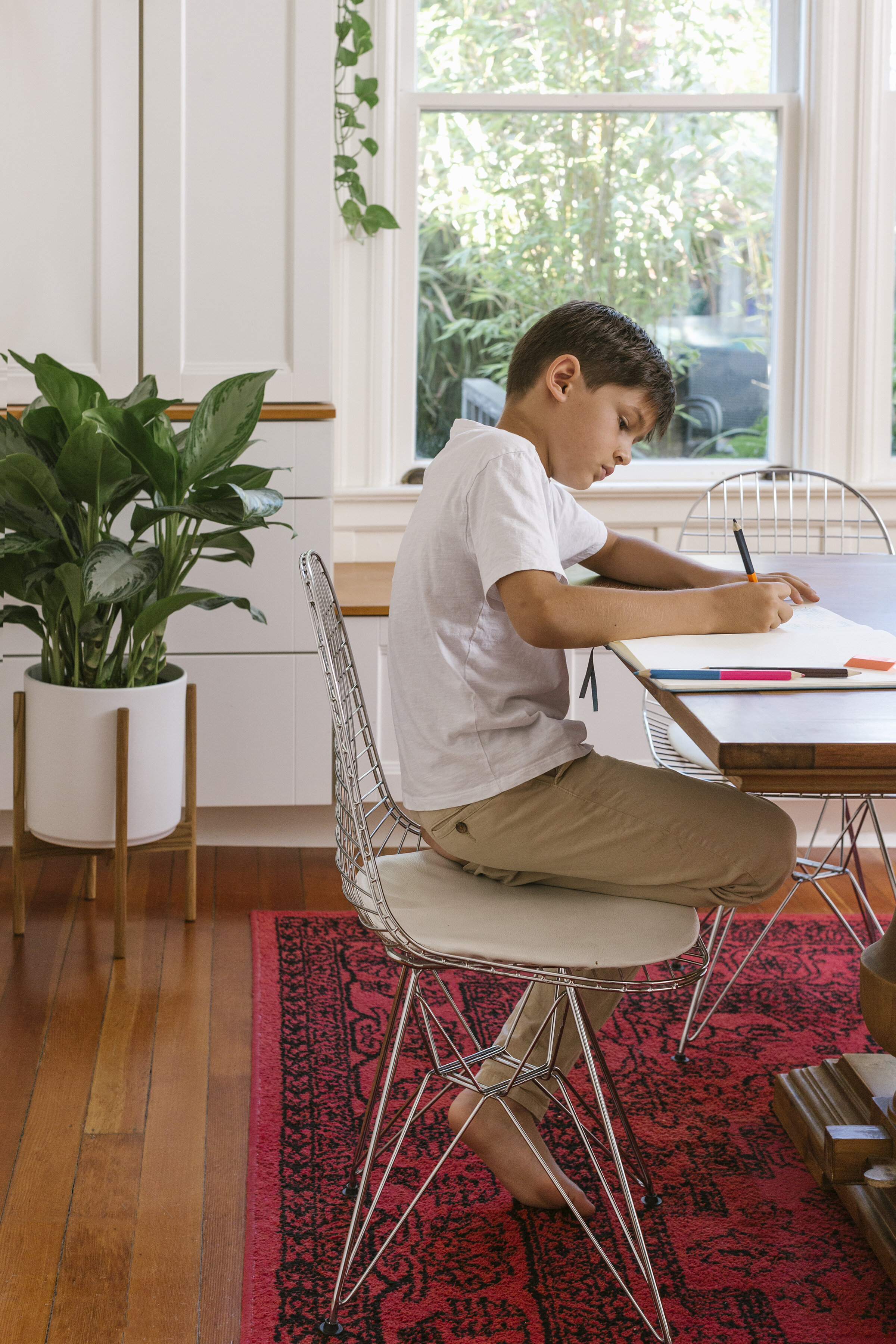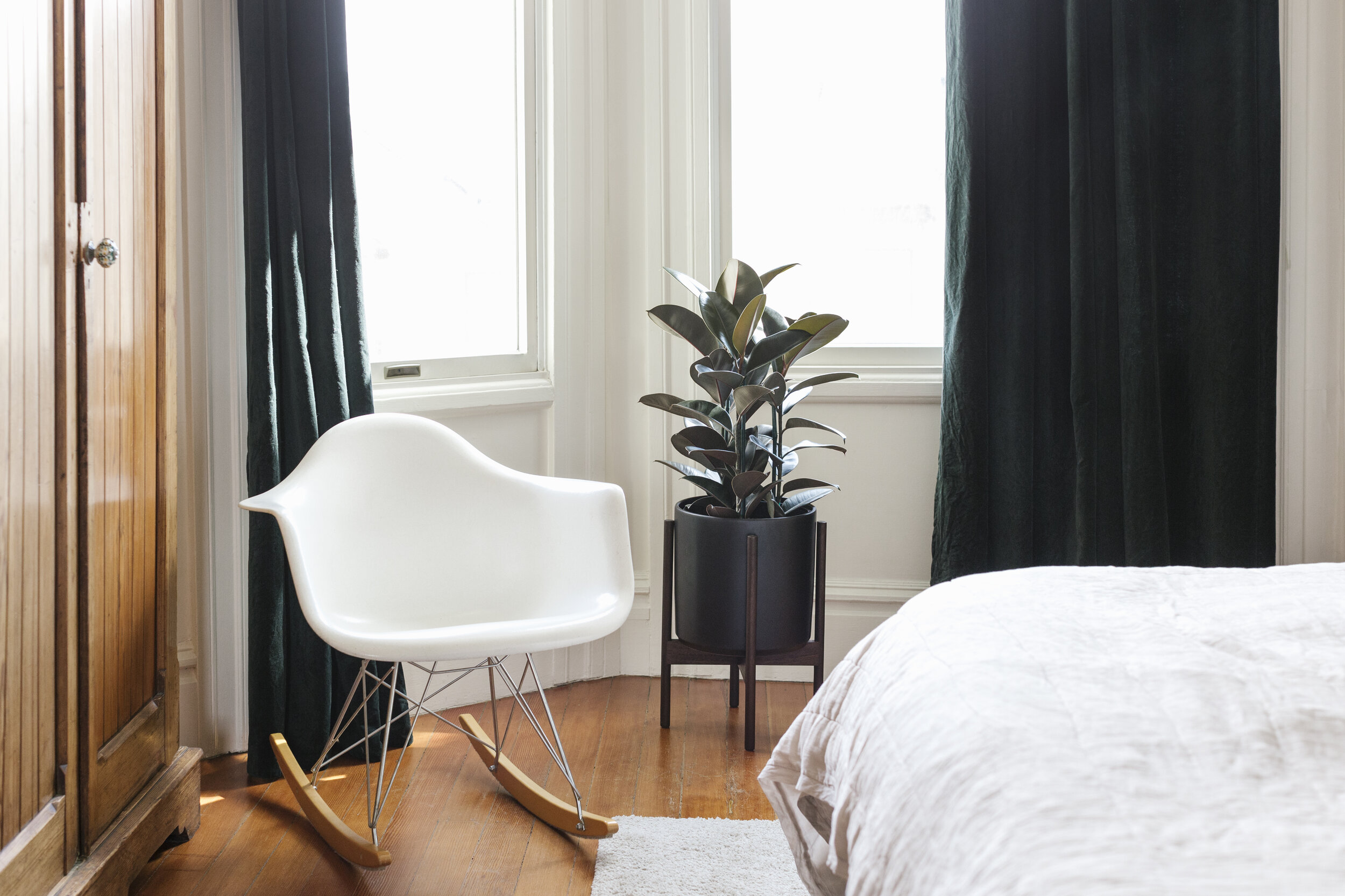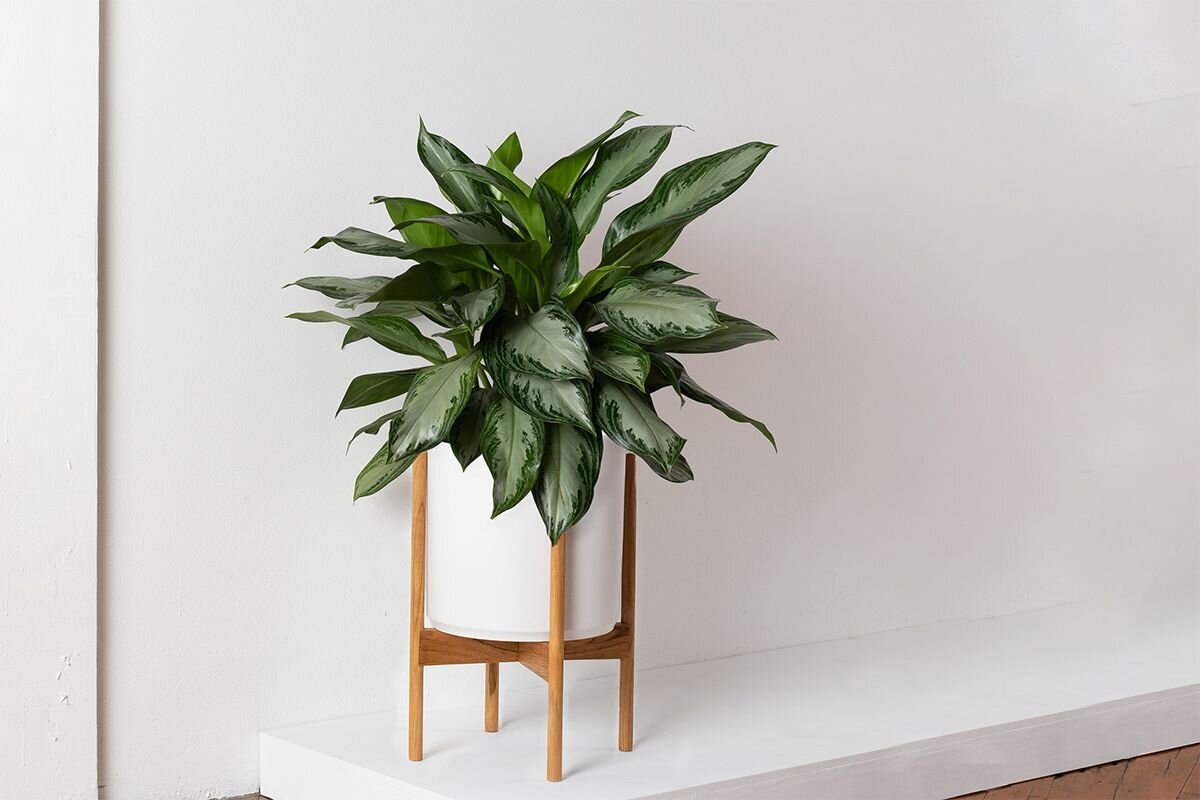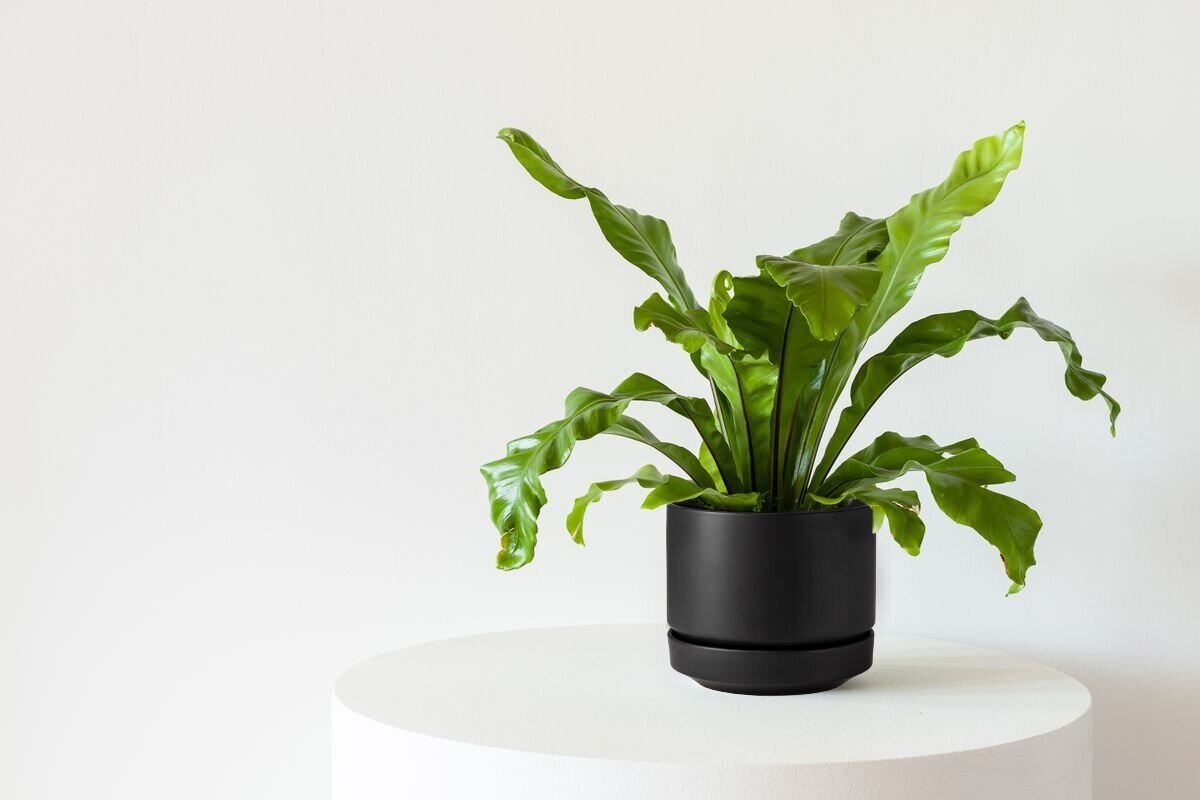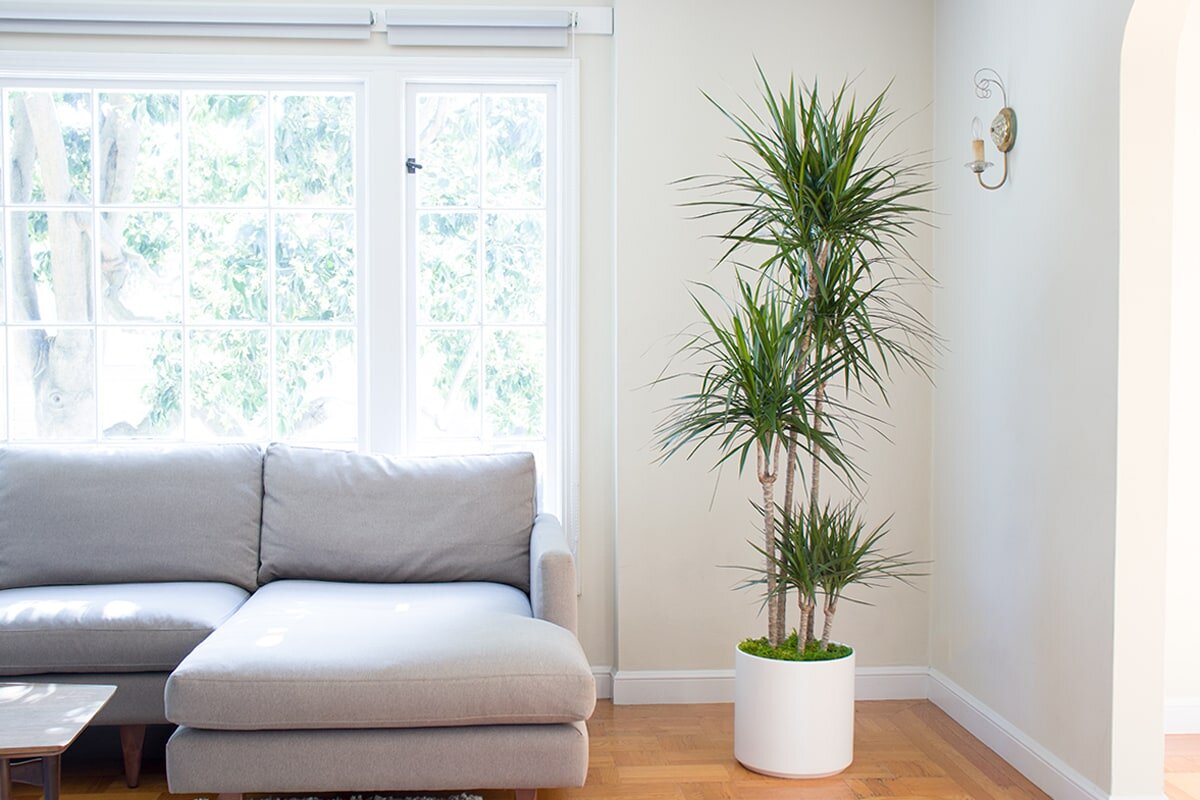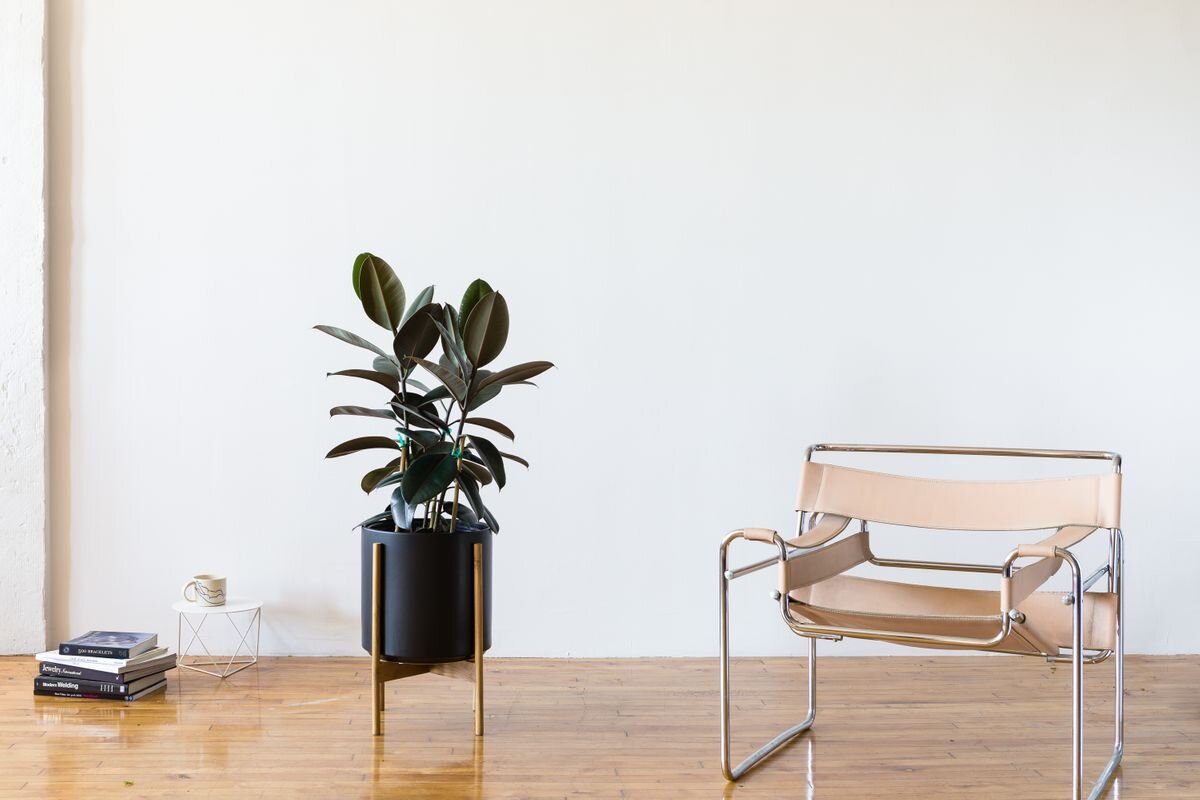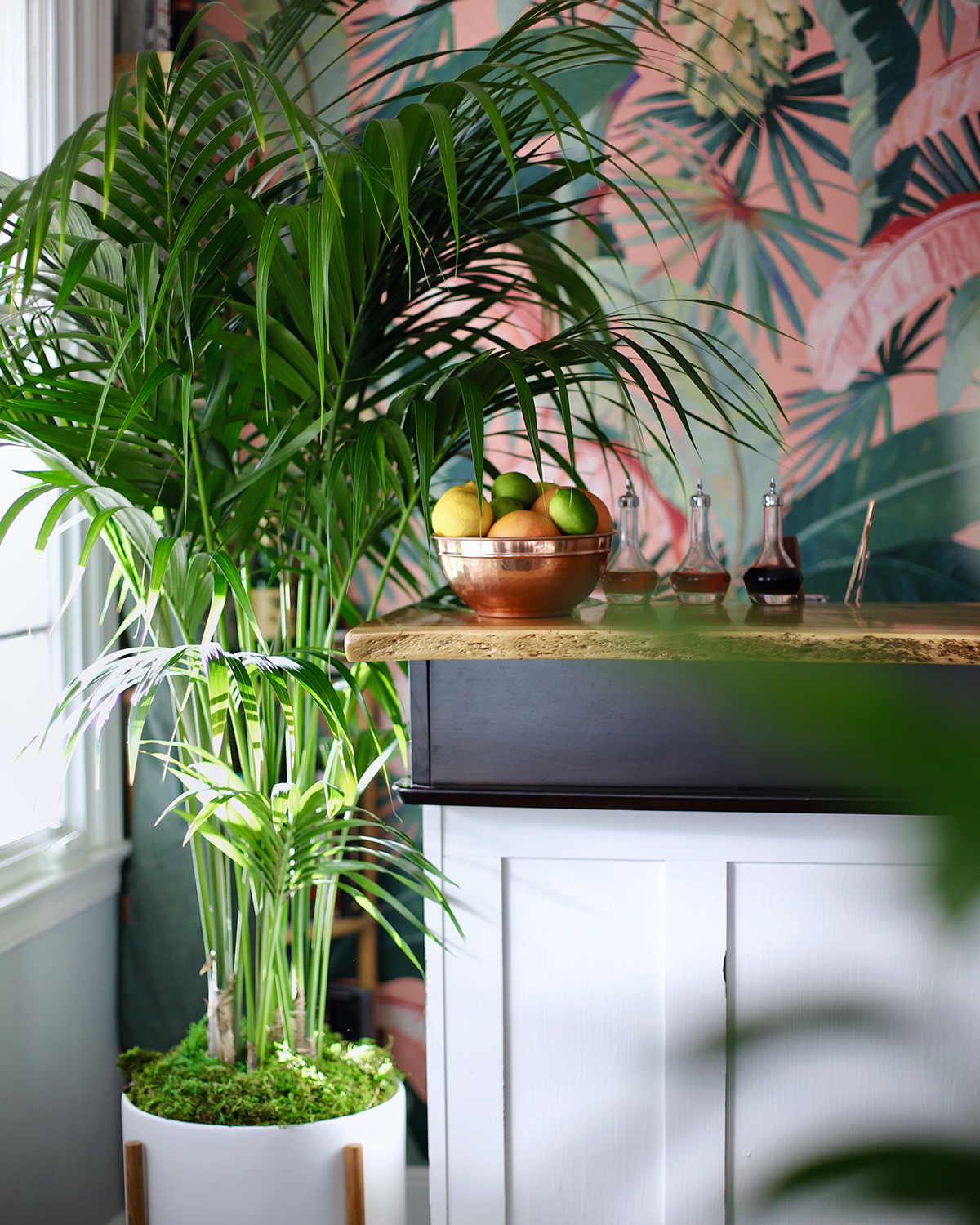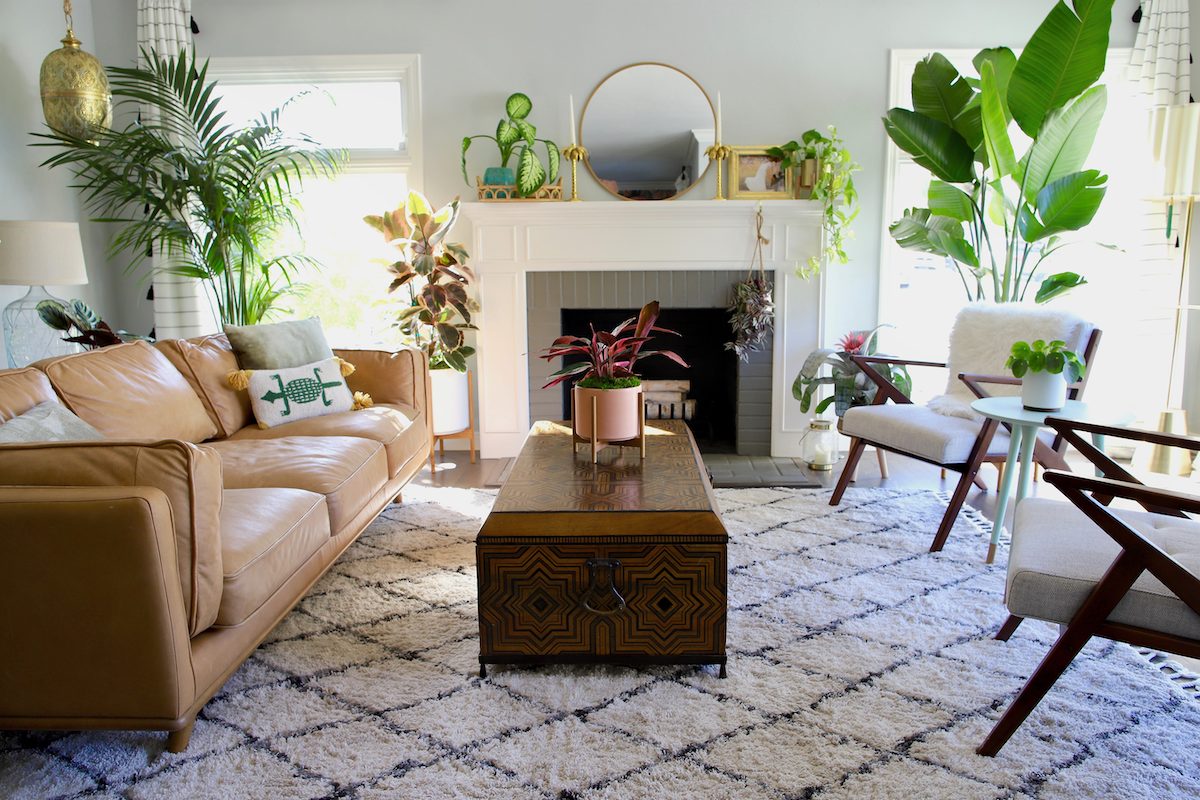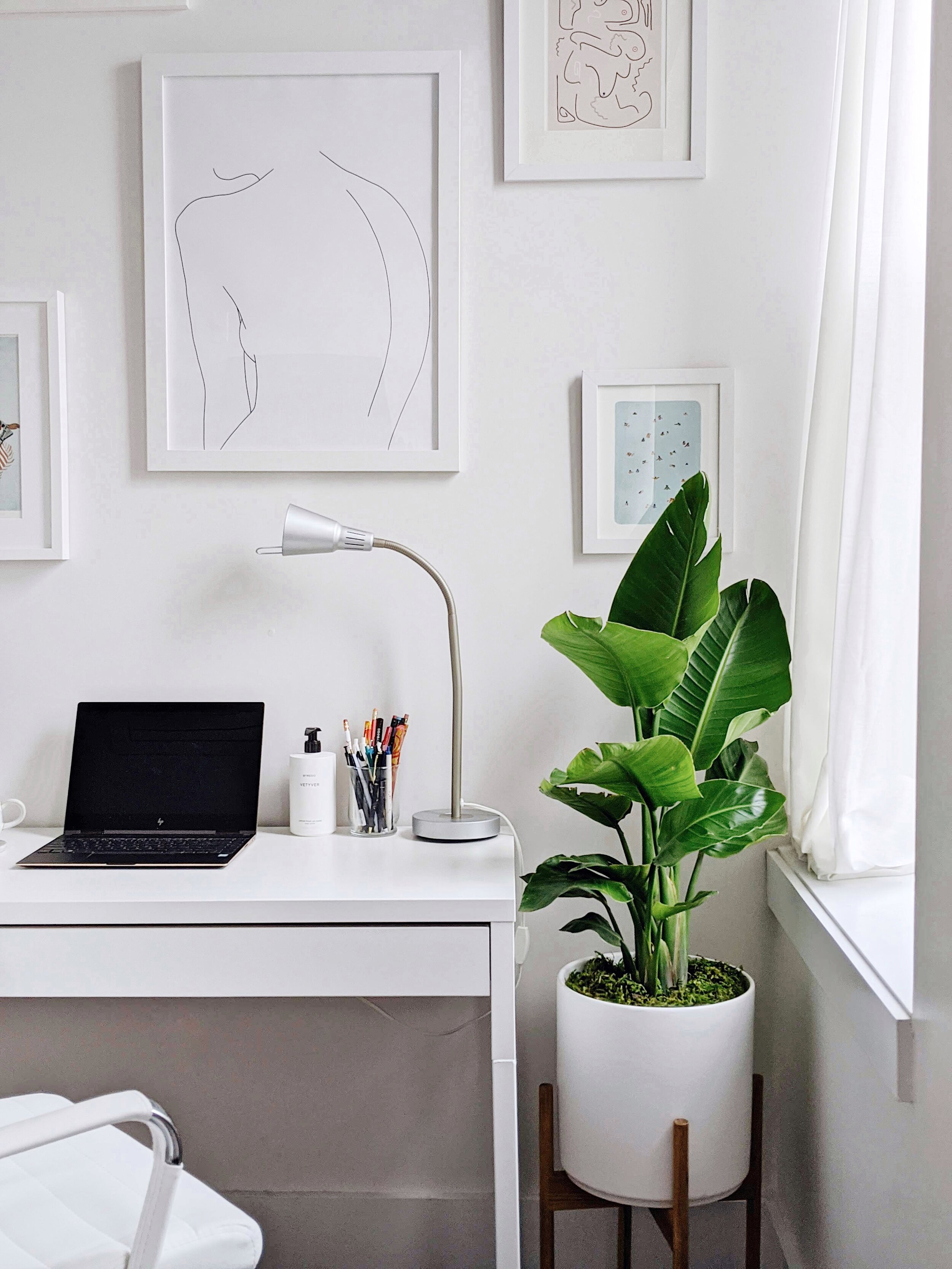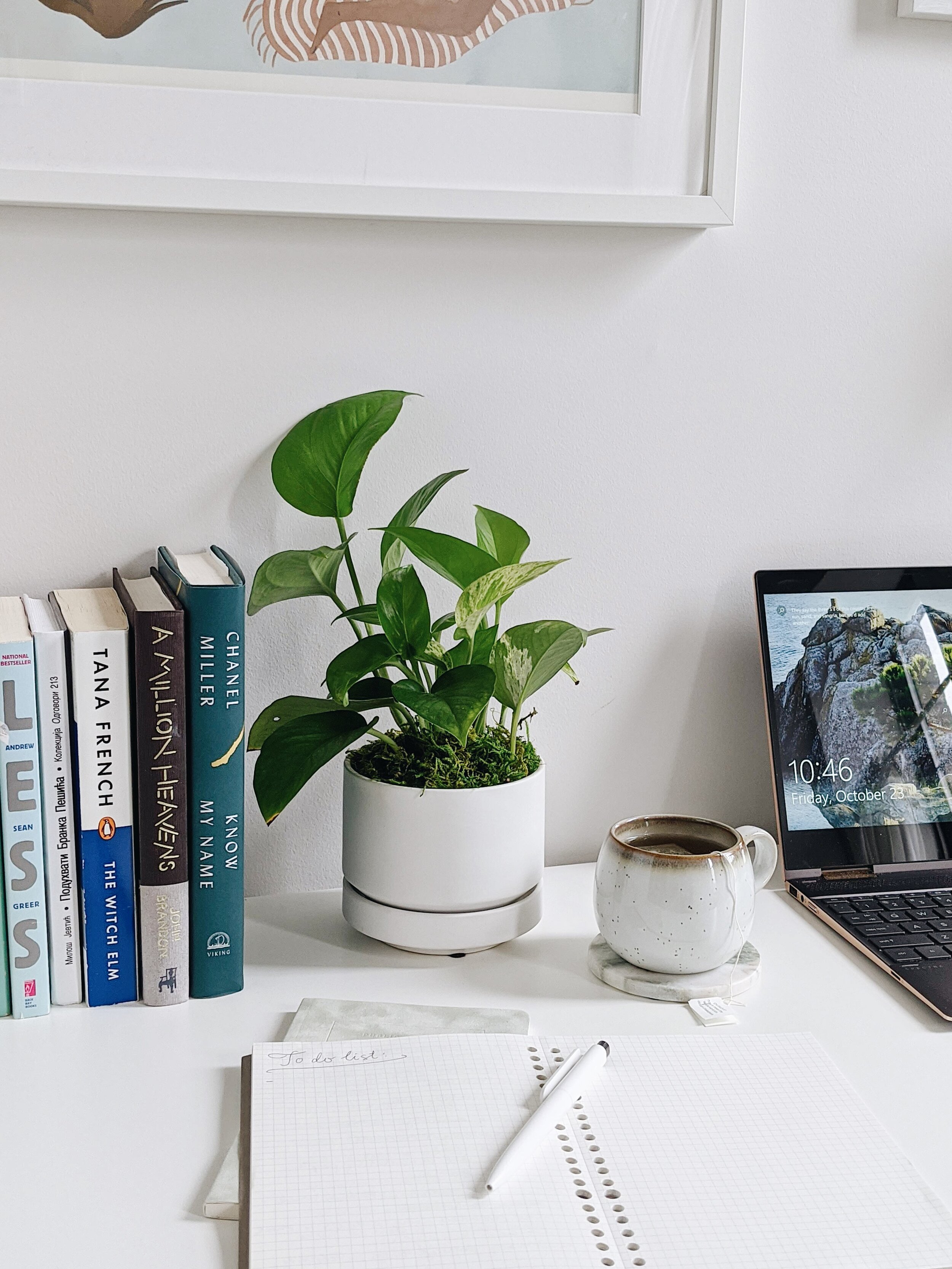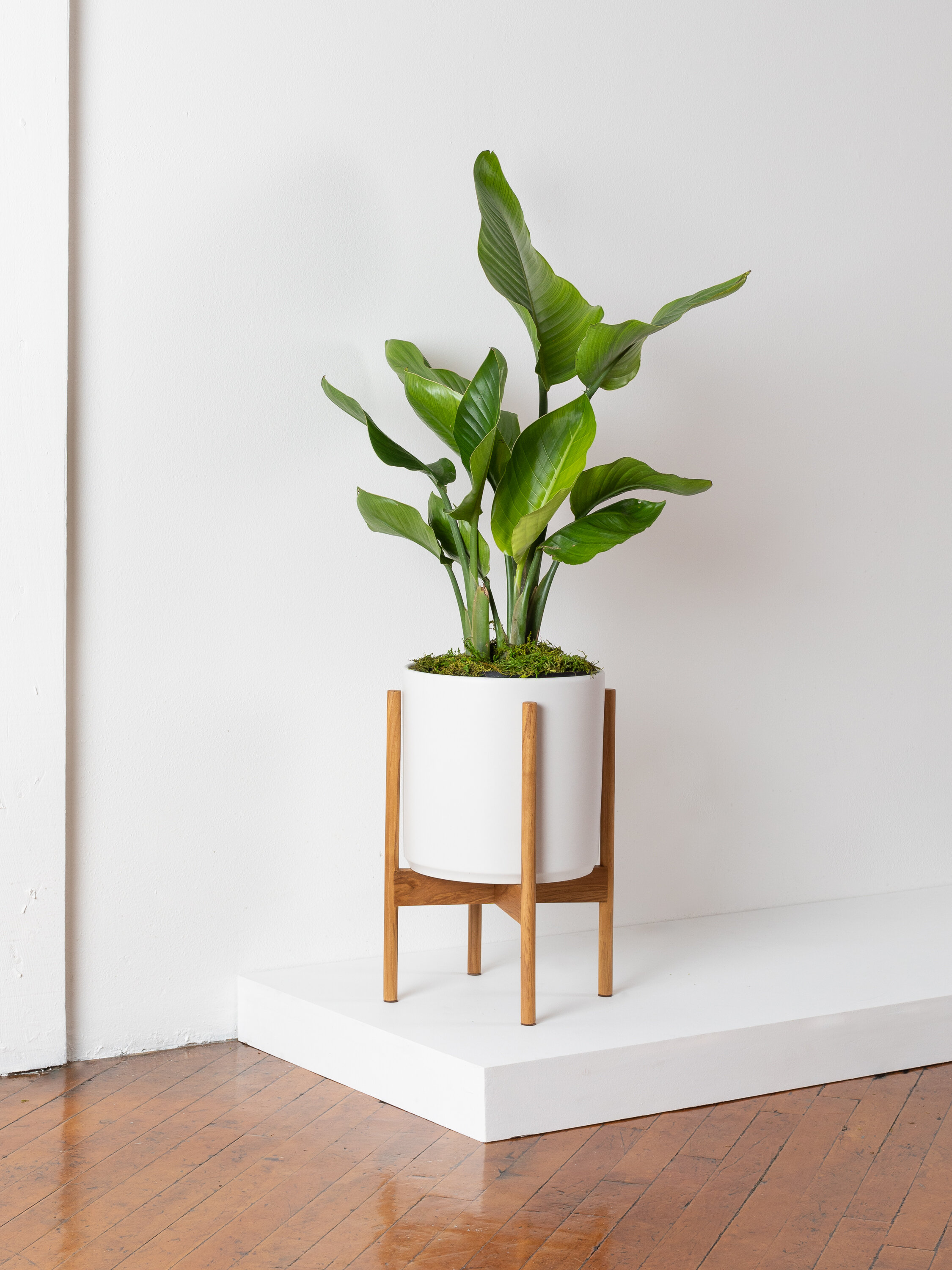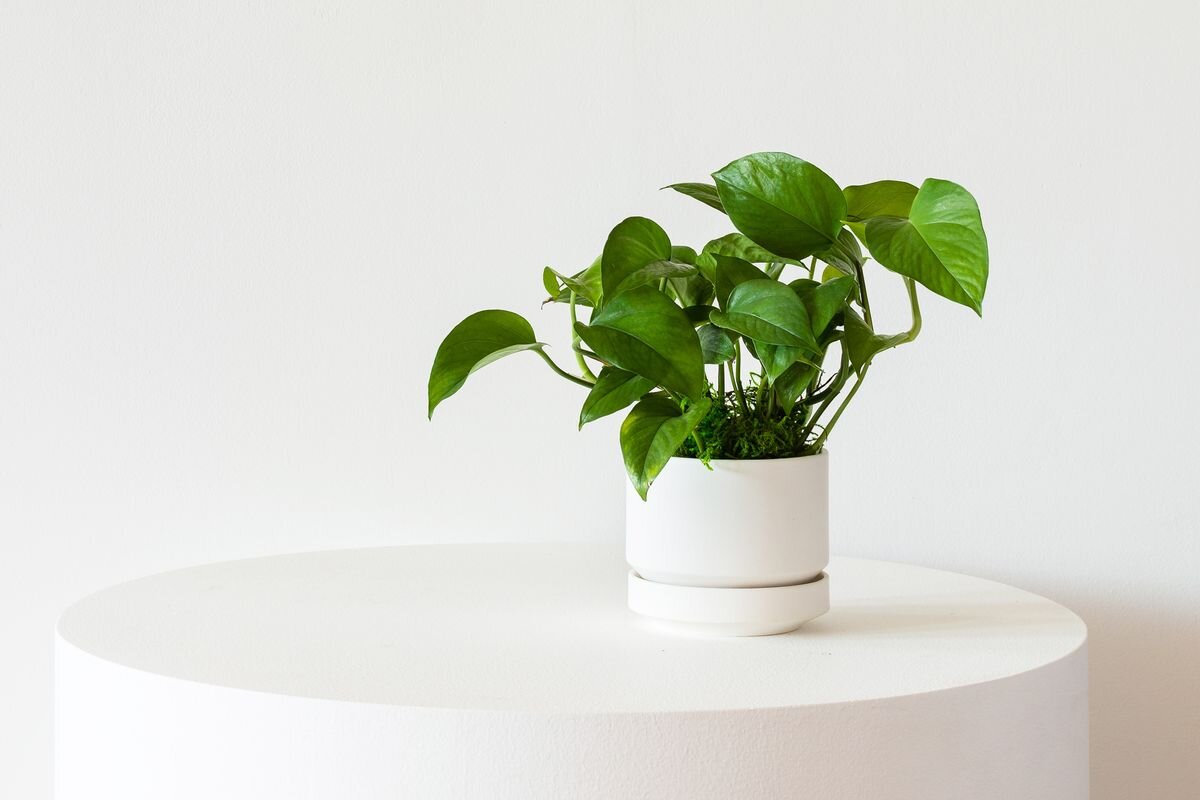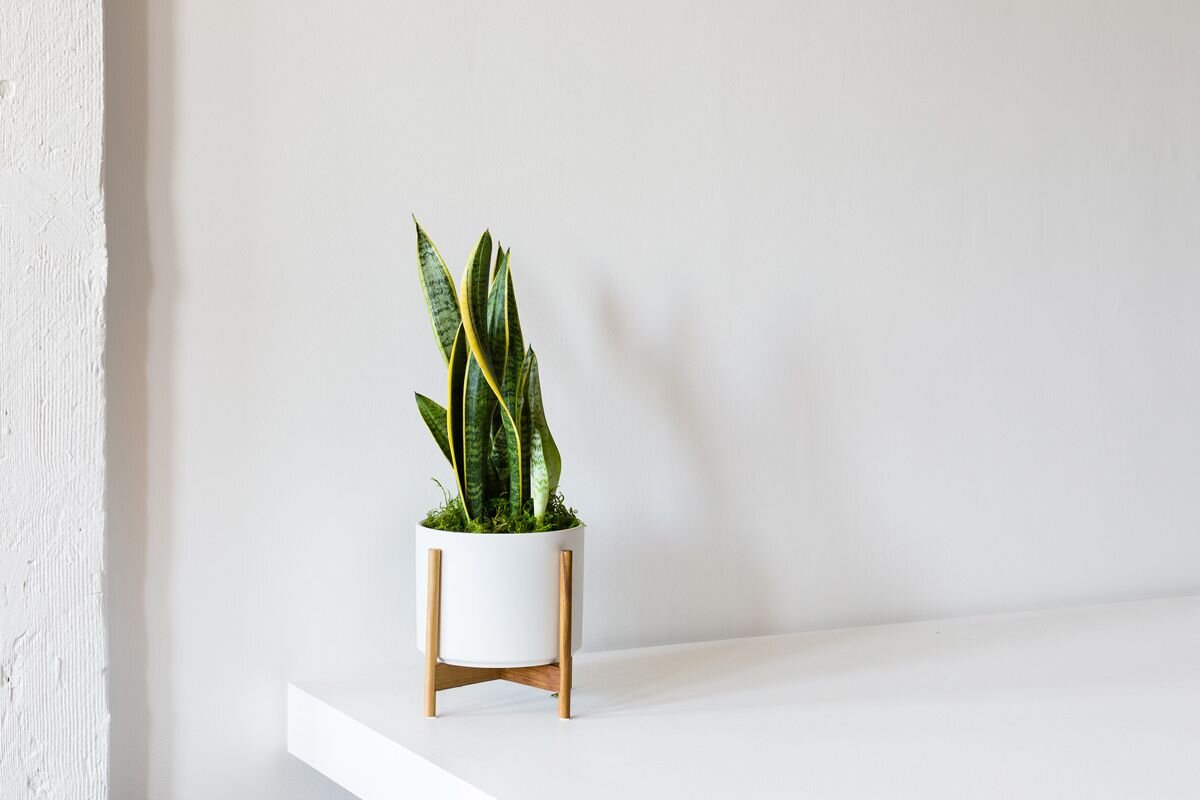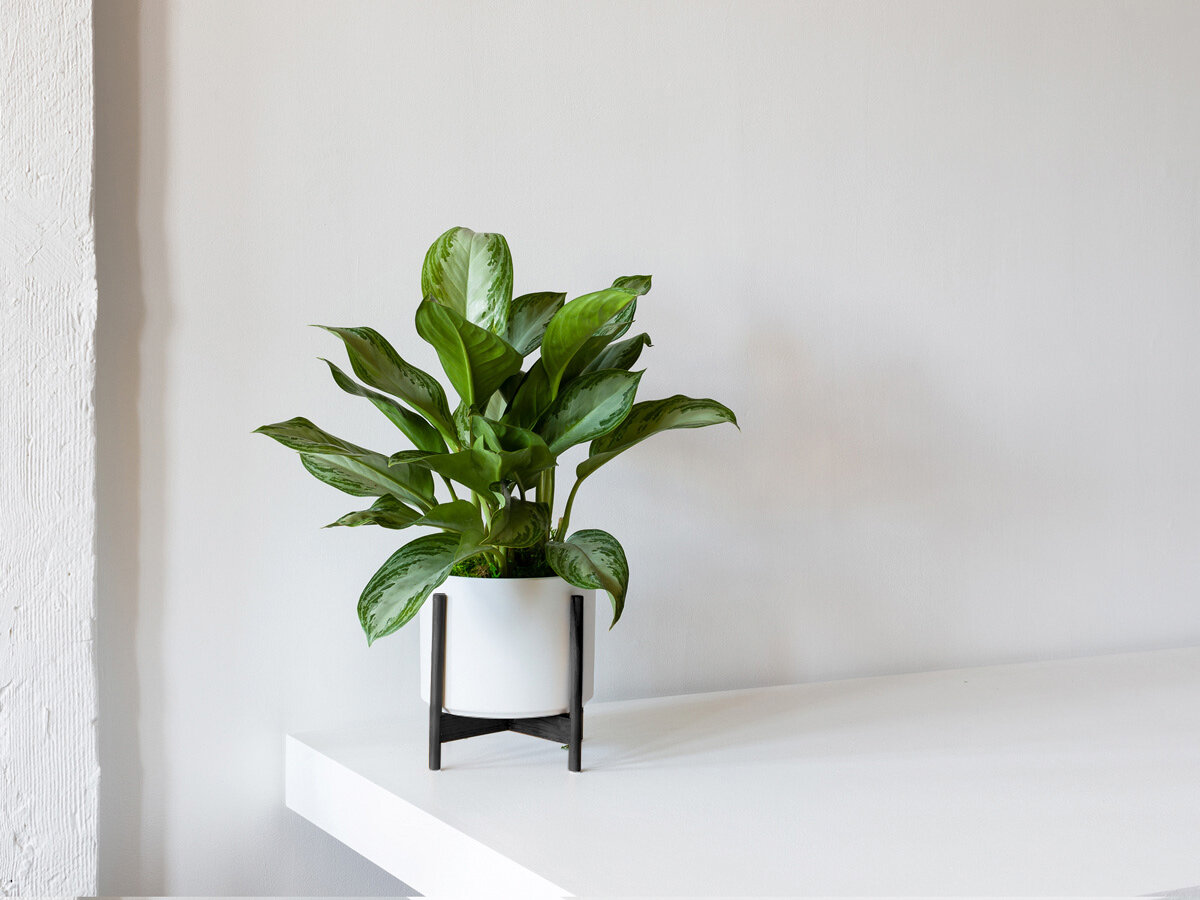Sweet tooth or not, there’s no denying the delight in a plateful of holiday cookies. They fill our homes with the warmth and the smell of baking butter, and remind many of us of our childhood, standing on a stool at the kitchen counter with our sleeves rolled up, ready to help out where we could.
Infused with herbaceous rosemary, this shortbread cookie recipe is unique yet simple, and fills the kitchen with aromas even more decadent than the traditional holiday fare. So go ahead and bring your love of both plants and sweets together with these delicious rosemary cookies, whether they’re for yourself or as a small tasty treat for the people you love!
Ingredients
2 1/2 cups flour
3 tablespoons chopped rosemary
3/4 teaspoon salt
1 cup unsalted butter, softened
2/3 cup confectioners' sugar
Preparation
In a bowl, mix together flour, salt, and rosemary. In another larger bowl, cream together or beat using an electric mixer softened butter and sugar until light and fluffy. Slowly add the flour mixture to the butter mixture, beating on low or mixing by hand until the mixture resembles course crumbs.
Gather the mixture into a ball and between two sheets of parchment paper, roll flat into about 1/4 inch width. Refrigerate for 30-60 minutes.
Preheat oven to 350 degrees. Using your cookie cutter, cut out cookies and place them on a baking sheet lined with parchment paper. Gather the scraps and roll out again to make more cookies. Bake for 10-12 minutes, making sure not to let the cookies brown.
Indoor plants, potted & delivered
Premium plants paired with stylish ceramics, plus lifetime plant care support. Order online at leonandgeorge.com



